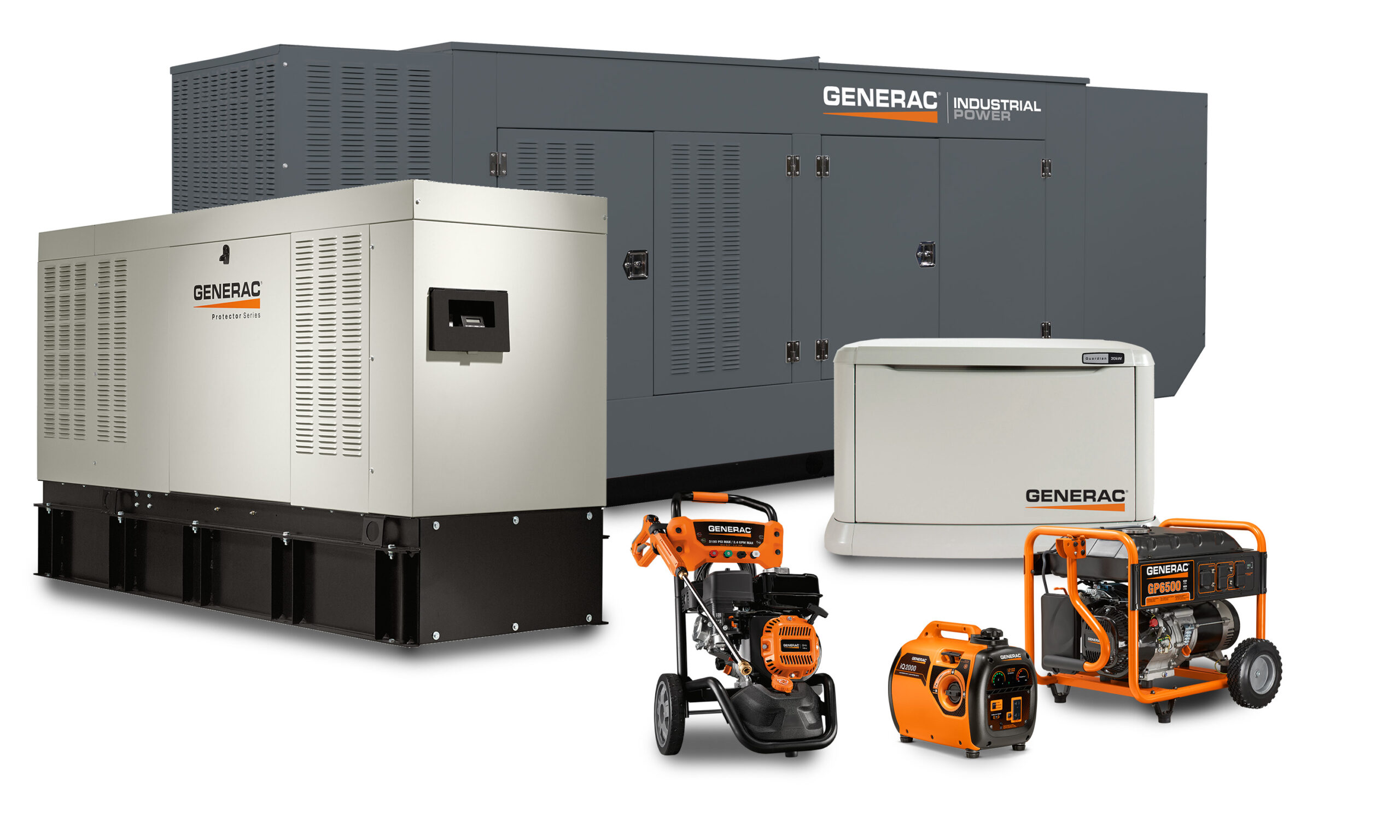For a reliable, efficient, and professional Orlando whole home generator installation, it’s important to choose an experienced team of technicians to ensure a seamless installation process.
Power outages can strike unexpectedly, leaving homes vulnerable and residents frustrated. Understanding how home backup generators work is crucial for homeowners looking to protect their property and maintain comfort during electrical disruptions. This comprehensive guide will walk you through everything you need to know about backup generators, their functionality, types, and benefits.
What Are Home Backup Generators?
Home backup generators are sophisticated electrical systems designed to provide continuous power to your home during unexpected electricity interruptions. These devices automatically detect a power loss and quickly transition your home’s electrical system to generator power, ensuring minimal disruption to your daily life.
Key Components of a Home Backup Generator System
- Generator Unit: The core component that produces electrical power
- Automatic Transfer Switch (ATS): Enables seamless power transition
- Fuel Source: Provides energy for generator operation
- Electrical Panel Connection: Distributes power throughout your home
Types of Home Backup Generators
1. Standby/Whole House Generators
Standby generators represent the most comprehensive backup power solution. These permanently installed systems:
- Automatically activate during power outages
- Connect directly to your home’s electrical system
- Provide continuous, uninterrupted power
- Can support entire home’s electrical needs
- Typically run on natural gas or propane
2. Portable Generators
Portable generators offer flexibility and affordability:
- Can be moved to different locations
- Require manual setup during power outages
- Available in various sizes and power capacities
- Often used for partial home or emergency backup
- Typically powered by gasoline
3. Hybrid Generators
Innovative hybrid generators combine multiple power sources:
- Integrate solar and traditional fuel technologies
- Provide sustainable and flexible power generation
- Offer increased energy efficiency
- Reduce overall energy costs
How Home Backup Generators Work: The Technical Process
Power Detection and Activation
- Power Interruption Detection: The Automatic Transfer Switch (ATS) continuously monitors incoming electrical supply
- Instantaneous Switchover: When main power fails, ATS signals generator to start
- Power Generation: Generator begins producing electricity within seconds
- Electrical Distribution: ATS connects generator to home’s electrical panel
- Continuous Monitoring: System continues supplying power until main grid is restored
Fuel Conversion Process
- Fuel (natural gas, propane, gasoline) enters generator
- Internal combustion engine converts fuel energy into mechanical energy
- Mechanical energy drives alternator
- Alternator transforms mechanical energy into electrical power
- Electrical power distributed through home’s circuits
Choosing the Right Home Backup Generator
Factors to Consider
- Power Requirements
- Calculate total wattage needed for essential appliances
- Consider refrigerators, medical equipment, heating/cooling systems
- Determine minimum power capacity required
- Fuel Availability
- Natural gas: Continuous supply, clean-burning
- Propane: Stored in tanks, versatile
- Gasoline: Portable, requires regular refueling
- Budget Considerations
- Initial installation costs
- Long-term maintenance expenses
- Potential energy savings
- Insurance and property value benefits
- Installation Location
- Proximity to electrical panel
- Ventilation requirements
- Local noise ordinances
- Safe distance from living spaces
Professional Installation: Why It Matters
Professional generator installation ensures:
- Proper sizing and capacity selection
- Correct electrical system integration
- Compliance with local building codes
- Optimal performance and safety
- Warranty protection
What to Expect During Professional Installation
- Initial home assessment
- Power requirement calculation
- Generator placement recommendation
- Electrical system modification
- Final testing and calibration
Maintenance and Care
Regular maintenance is crucial for generator reliability:
- Annual professional inspections
- Regular oil and filter changes
- Battery checks
- Fuel system maintenance
- Exercise generator monthly
Cost Considerations
Investment Breakdown
- Standby Generator: $5,000 – $15,000
- Installation: $1,500 – $5,000
- Annual Maintenance: $200 – $500
Potential Savings
- Prevent food spoilage during outages
- Protect sensitive electronic equipment
- Maintain home security systems
- Potential insurance discounts
Conclusion: Powering Your Peace of Mind
Home backup generators represent more than just electrical equipment—they’re an investment in comfort, safety, and continuity. By understanding how these systems work, homeowners can make informed decisions to protect their properties and loved ones during unexpected power disruptions.
Whether you choose a standby, portable, or hybrid generator, professional guidance ensures you select the right solution for your unique needs.
Choose Doc Watts For Your Orlando Whole Home Generator Installation
At Doc Watts, we continually provide reliable and professional Orlando whole home generator installations to protect your home against unwarranted power outages. Our team of professionals is highly experienced with generators of all types and is ready to prepare your home for any unfortunate power outage. And remember – Call The Doc When You Want Your Own Watts!


